Artefacts held in Swiss private collection return to Latin America
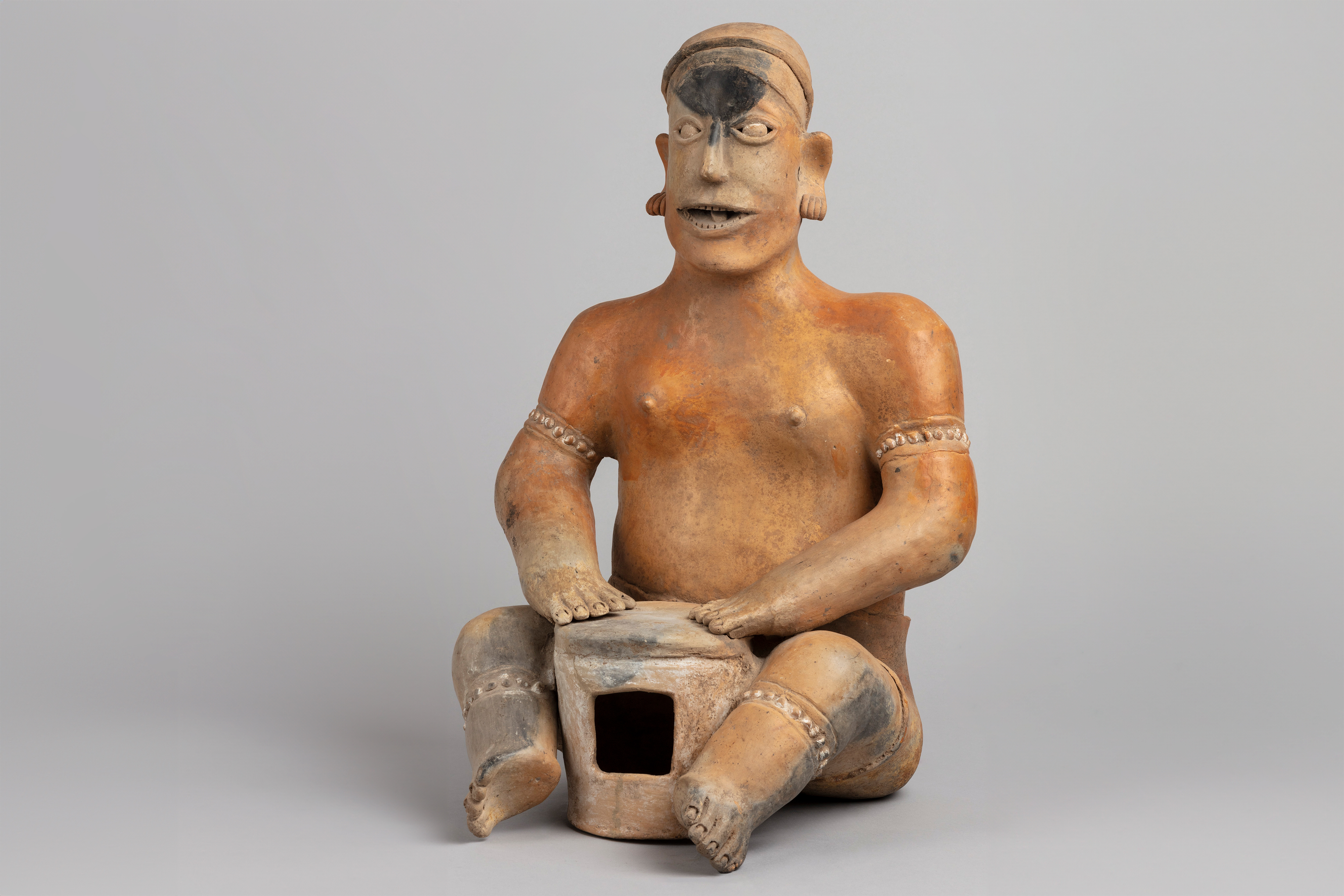
Private individuals increasingly choose to return cultural artefacts to their countries of origin. Here’s a notable case from Switzerland.
A pre-Columbian collection of more than 60 objects has been returned from Switzerland to Central and South America. This case stands out while also reflecting a growing trend among private collectors worldwide.
The artefacts belonged to an elderly woman who inherited the collection. It had been in the family for several generations, but she wanted to return the items to their rightful homelands. And she did so anonymously.
The scale of this gesture is “unique and unparalleled” in Switzerland, according to Fabienne Baraga, head of the Specialised Body for the International Transfer of Cultural Property at the Federal Office of Culture (FOC).
Restitution of cultural assets is neither new nor rare for Switzerland. The return of cultural artefacts, both legally and illegally acquired, regularly grabs headlines in the Alpine nation and abroad. Linked to the idea of righting historical wrongs, the practice raises legal and ethical challenges for governments and museums worldwide. Private collections have played a key role in this trend.
“In the past few years, we have seen an increasing number of private individuals requesting to return their cultural assets to their countries of origin,” notes Baraga. “We can definitely speak of a trend.”
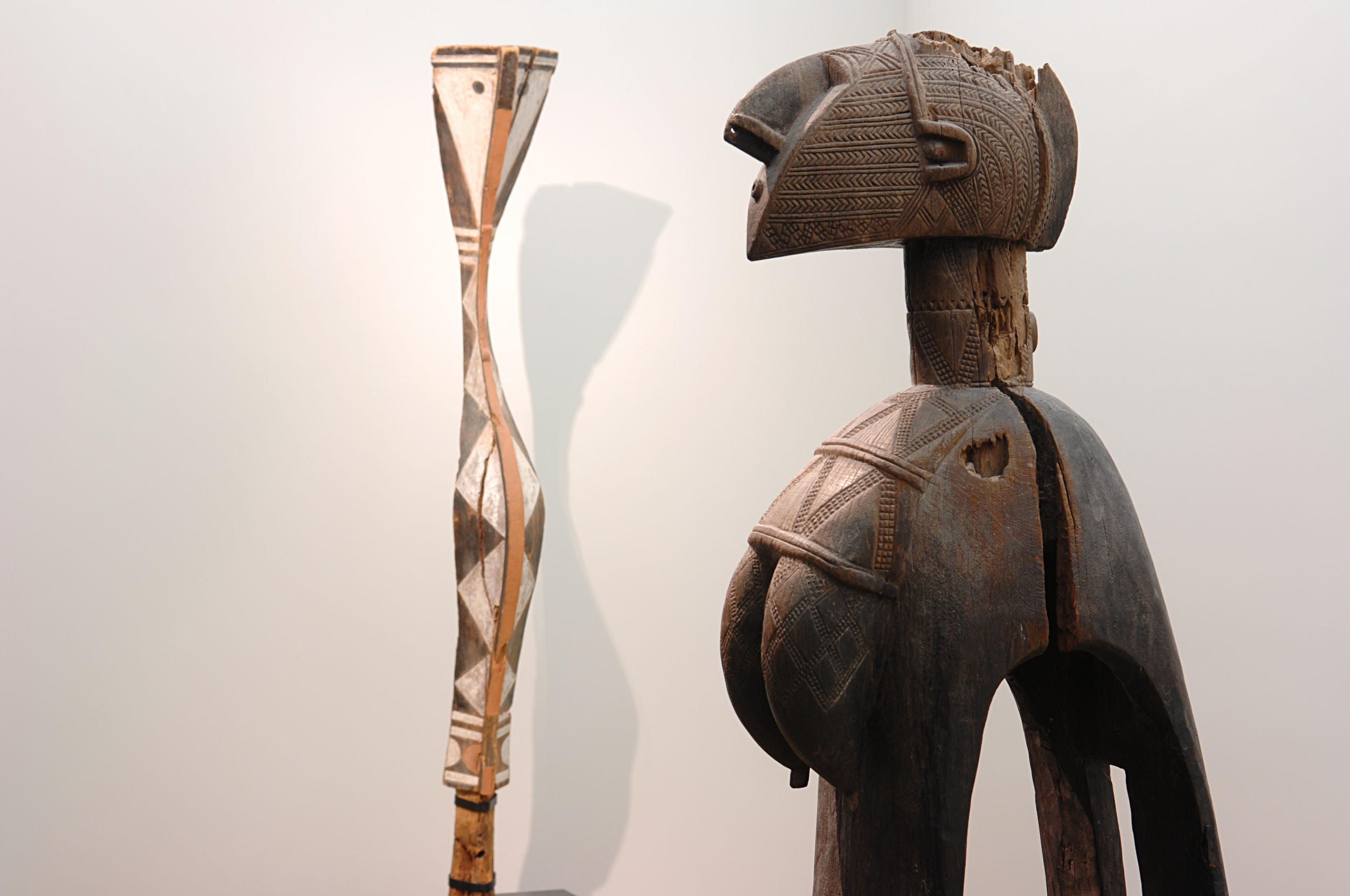
More
Systematically looted? The complex paths of non-Western art
Discussions on postcolonialism fuel the trend
As debates about colonialism gained momentum, so has the idea of cultural restitution. The complexity of the matter makes in-depth clarification of how the artefacts were acquired in the first place even more important, according to Baraga.
Growing awareness has led to more restitutions. In 2023 alone, 11 cases saw 96 items returned from Switzerland to eight countries, marking a significant increase compared to previous years. By the end of 2023, Switzerland had returned a total of 6,841 cultural artefacts. The numbers provided by the federal government include both official and private items.
Restitutions are not always processed at Baraga’s unit at the FOC. Some go unregistered, for example when museums organise restitutions independently or when private owners voluntarily hand over their artefacts, usually due to concerns about legal liability or unlawful ownership. In some cases, the artefacts may have been purchased legally but under conditions now considered problematic.
The motives for returns vary. “We are seeing a rise in requests from people who don’t know what to do with their collections,” says Baraga. “This can happen because they don’t have children, or their children are not interested. Additionally, some people inherit cultural items they do not want to keep. They may not know what to do with them, or they might question their ethical justification.”
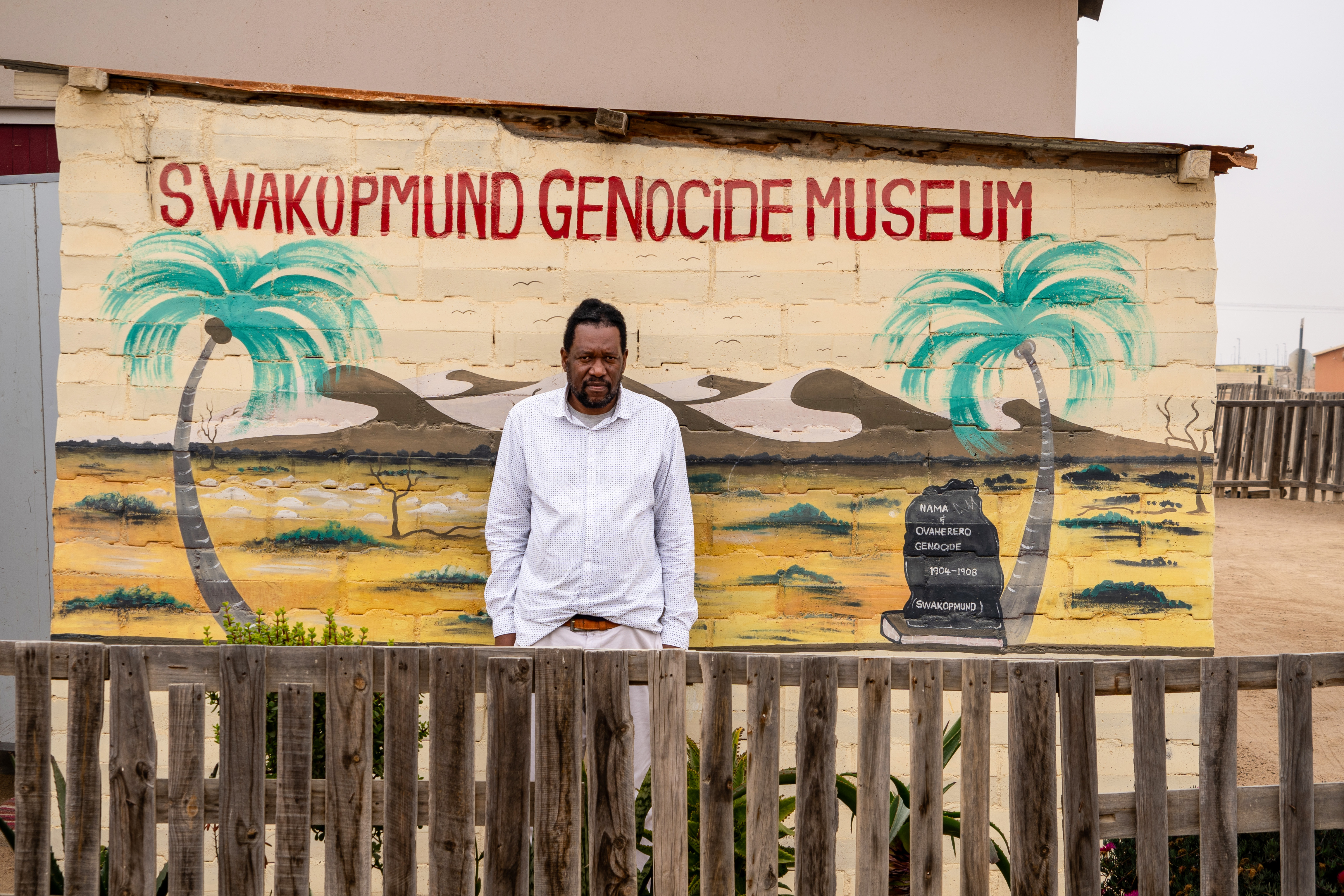
More
An artefact returns to Namibia from Switzerland
New strategies for cultural restitution
Another driver for this trend is the growing commitment of governments to preserve cultural heritage. This commitment, according to Baraga, is particularly strong in Latin America and Africa.
Most items of the pre-Columbian collection were handed over to the Mexican embassy in Bern. It will forward 24 objects to the Instituto Nacional de Anthropologia e Historia (INAH), which is responsible for researching and preserving Mexico’s cultural heritage.
Mexico’s outgoing President Andrés Manuel López Obrador launched the “Mi patrimonio no se vende, se ama y se defiende” campaign, which translates to “My heritage is not for sale; it is cherished and protected”,
This campaign reflects the government’s commitment to “repatriate cultural artefacts, prevent auctions and illegal trade, and cooperate with the international community to protect these items”, the Mexican embassy wrote in response to questions from SWI swissinfo.ch. In the past five years alone, around 13,500 objects have been returned to Mexico from around the world.
Colombia, which has also received items from the Swiss collection, follows a similar approach. The Instituto Colombiano de Antropología e Historia (ICANH) plays a central role in researching and preserving repatriated artefacts. According to the Colombian embassy in Switzerland, there has been an increase in restitutions over the past two decades, with a significant rise in returned objects since Gustavo Petro became president in 2022. However, the legal framework to prevent and combat illegal trade in cultural artefacts has been in place since the 2000s.
In Switzerland, private and voluntary returns of cultural patrimony are expected to increase. Swiss authorities have established cooperation with the relevant countries. The FOC calls this effort a “contribution to preserving the cultural heritage of mankind”.
Edited by Benjamin von Wyl
Adapted from German by Billi Bierling/ds

More
Culture stories by SWI swissinfo.ch

In compliance with the JTI standards
More: SWI swissinfo.ch certified by the Journalism Trust Initiative





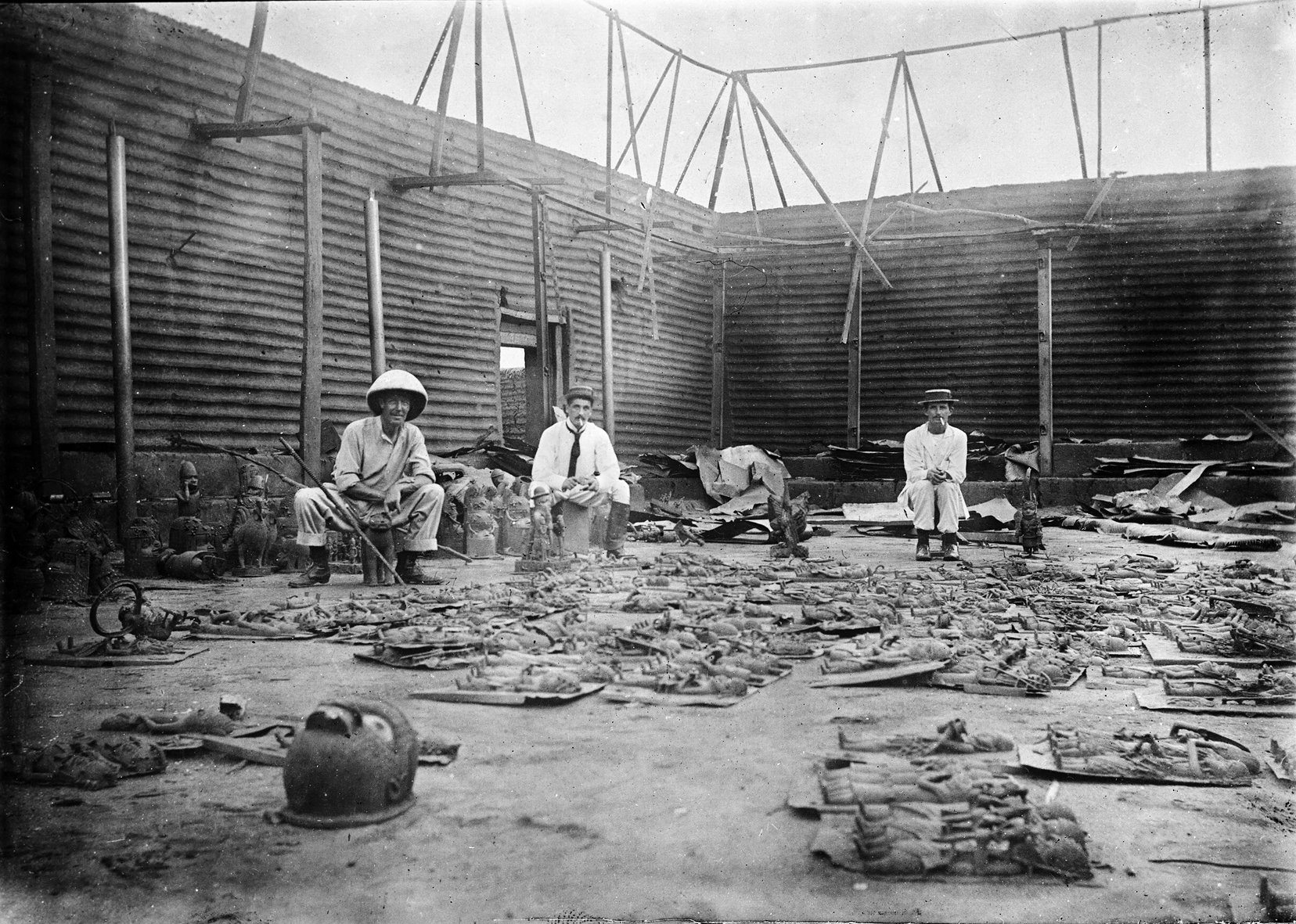
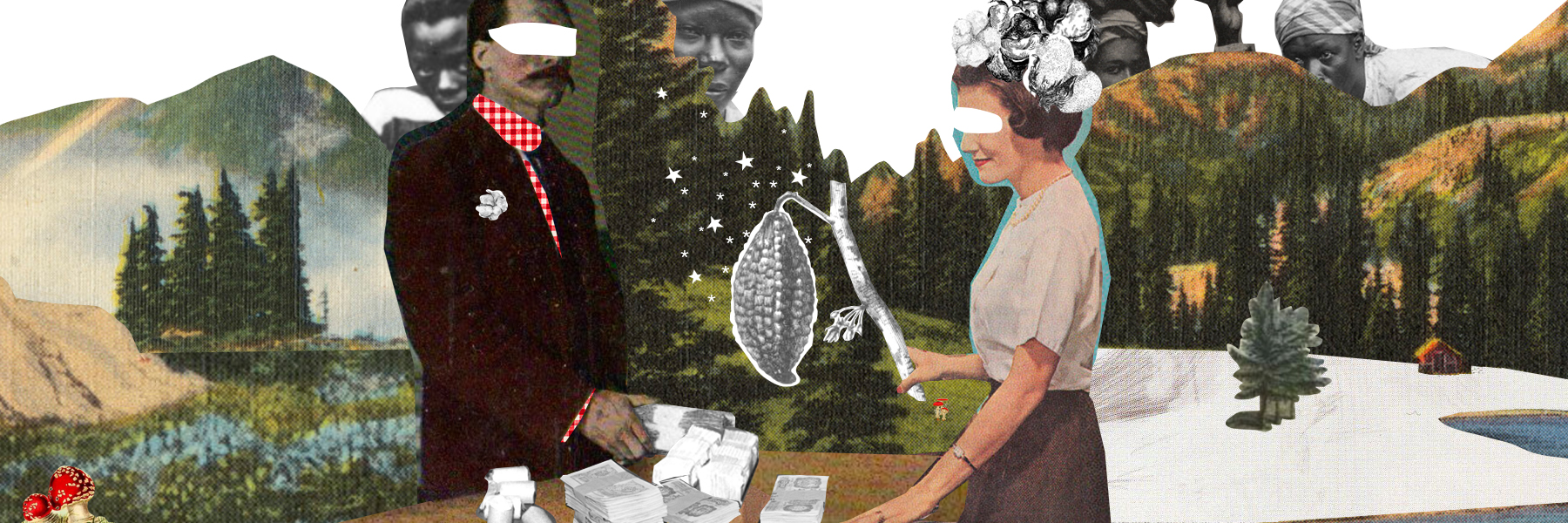

You can find an overview of ongoing debates with our journalists here . Please join us!
If you want to start a conversation about a topic raised in this article or want to report factual errors, email us at english@swissinfo.ch.